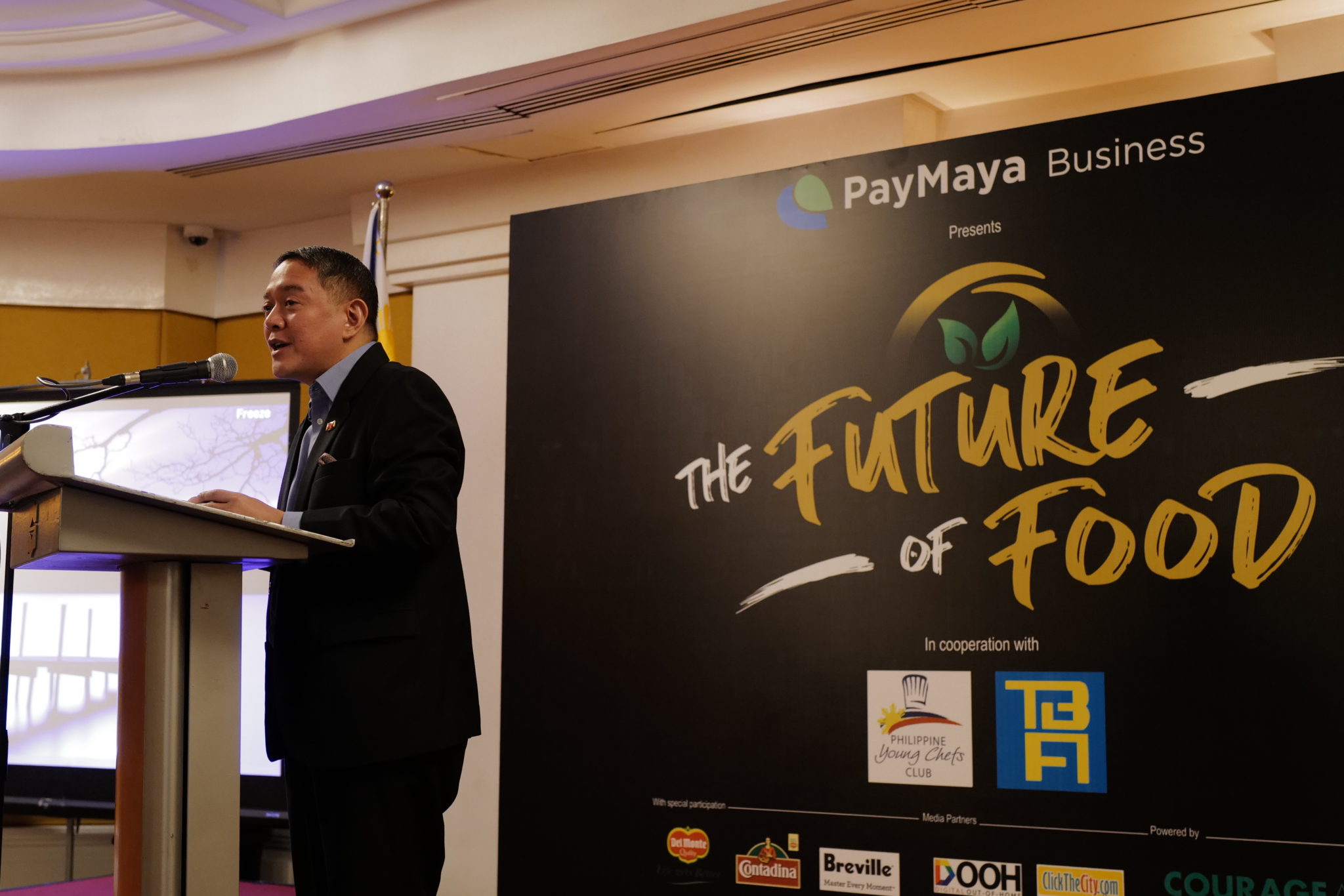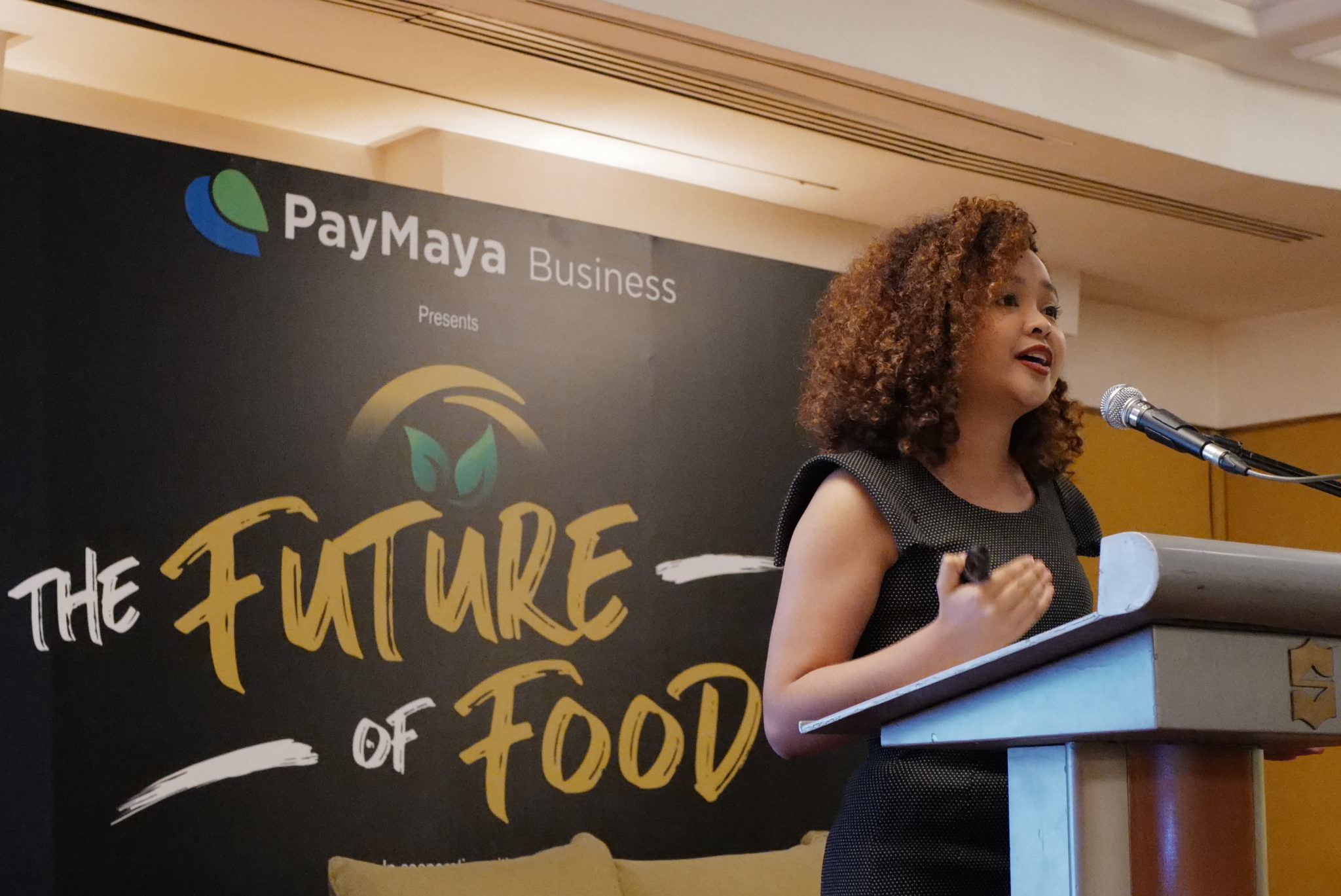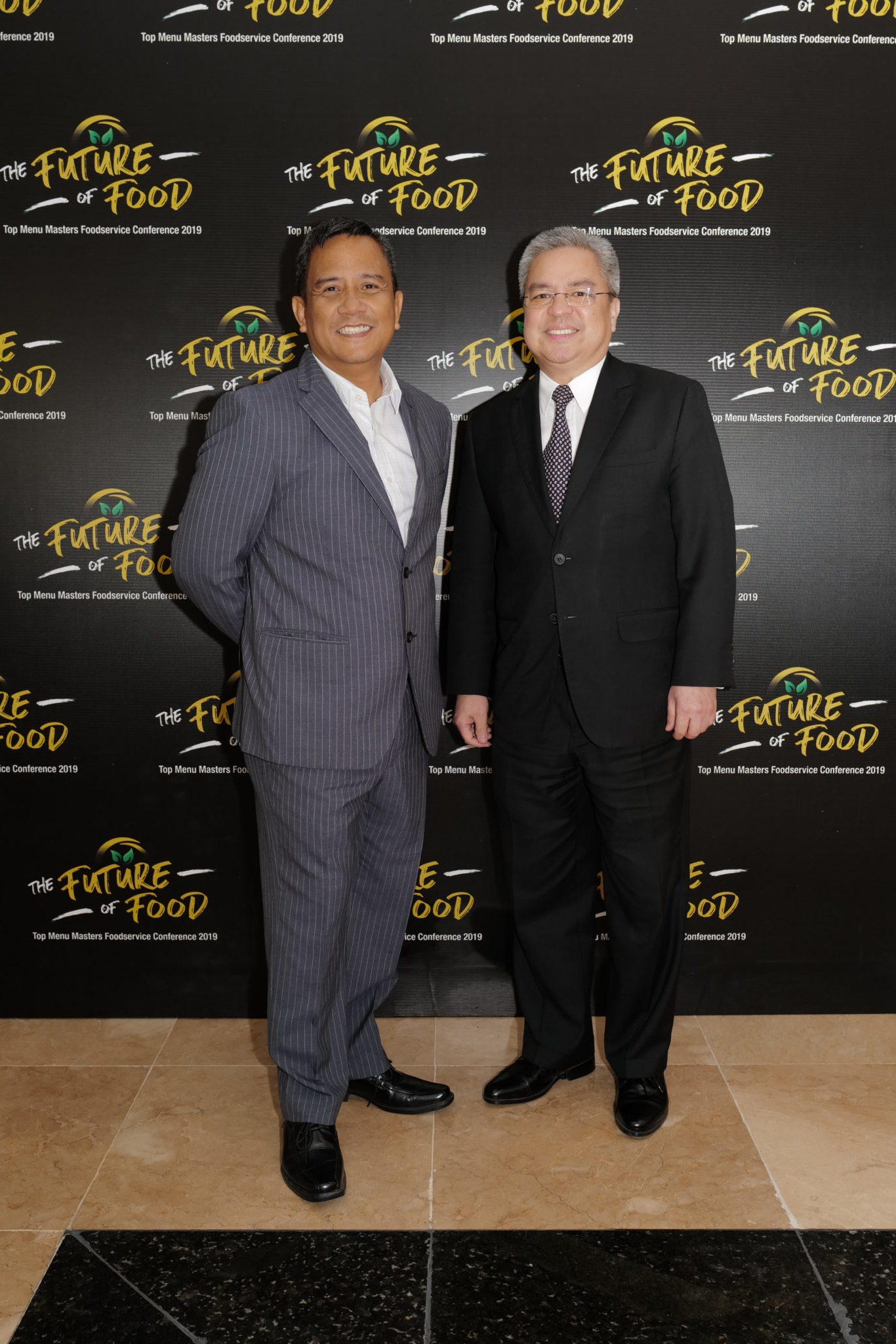Last Mar. 26, foodservice professionals gathered at EDSA Shangri-La Hotel for the 10th Top Menu Masters Foodservice conference. Discussion was centered around the future of food, so that the talks were essentially a primer on how digitalization will continue to define foodservice, hospitality, and tourism in the coming years. Which isn’t surprising in the least as the trends that have shaped these industries in the past decade—be it sustainability, transparency, or personalization—are all byproducts of the leveraging power of technology


Every stage comprising the life cycle of an emerging market behavior is entrenched in (and enabled by) some form of technology: For instance, social media has allowed for the customization of dining, farming technologies are some of the primary drivers of sustainability, and supply chain data analytics have allowed for some degree of transparency so eagerly demanded by the modern consumer. Technology is the fabric of every industry, and so to anticipate food trends is to anticipate the future of technology. It’s a connection almost everyone instinctively recognizes, and for people in foodservice this is how that connection has—and will continue—to manifest itself:
The rules of brand engagement have changed

“If your brand is big on social media now, that doesn’t mean you’ll still be big next year. Marketers will have to start looking at their products as fashion items. They have to understand that their products follow the life cycle of fashion trends, which is fleeting,” said Gary de Ocampo, CEO of market research agency Kantar Philippines. It’s not news that consumer behavior is capricious, but what’s interesting to learn here are the reasons explaining that volatility, which, as de Ocampo says have largely to do with social exposure.
There’s almost no such thing as inconspicuous consumption nowadays, which just means that practically every meal or product purchase always ends with a social media post. Posting on social media, as de Ocampo explains, is a way to gain social capital: to impress and to establish certain standards that can set you apart from the crowd. Products that cease being able to do that immediately lose their appeal.
That’s the harsh reality of consumer behavior, but as de Ocampo goes on to explain, it’s not the be-all-end-all rule in brand engagement. Businesses can work around this condition by taking note of these tips:
Tip 1: Personalize
Consumers are no longer okay with being passive. They want to have a hand in what they consume. They want to see a part of themselves reflected by a product, and they want that to happen through (at least partly) their own doing. See Magnum’s pop-up cafes:
Tip 2: Sell experience
Businesses are no longer limited to brick and mortar stores—it’s just as critical to be enterprising online. See: McDonald’s lucky drive campaign.
Tip 3: Engage social circles
Make something that people would be encouraged to share and recommend to their networks. The value of a recommendation is that everyone knows it’s genuine. Capitalize on that behavior by bridging the gap between online and offline experiences. See Starbucks’ Meet Me at Starbucks campaign:
The five major food trends of 2019
Despite the fact that daily life has become inextricable from technology, consumer preference continues to veer away from the artificial and the impersonal. This may seem like a paradox, but as more and more restaurants, hotels, and farms come to realize, the relationship between human experience and technology is much more complex than the perceived dissonance between online and offline experiences. Inevitably, technology will have a hand in the making of food trends—regardless of whether these trends will directly involve them or not. With that, here are the five major food trends of the year:
1. Authentic local cuisine and experiential dining
Because of the wealth of information available online, more diners are seeking out local dining experiences. People want to have an authentic taste of where they are; they want to see traditional cooking methods and hear the stories behind what they’re eating (for instance, how a certain dish became a national dish). It’s not enough to serve delicious food—it has to be something that’s unique to a certain place. Experiential dining is an important facet of this trend. Dining has to be a total authentic experience, meaning, consumers want to be able to eat local food the way locals would dine in their homes.
2. Sustainability
According to Lyle Cajayon, the director of food and beverage at Clark Marriott Hotel, 50 percent of guests around the world are looking for businesses that either support or launch their own sustainability initiatives.
3. Eye health
Because of too much exposure to LED screens, some restaurants and hotels have decided to serve food that improves eye health.
4. Coffee
“Lately, Filipinos have shifted from being moderate to heavy coffee drinkers. The problem though is that we currently lack supply, so we’ve been importing,” said Cajayon. There’s also been an increased demand for specialty coffee, which, in itself has given rise to more advanced food technology.
5. Aquaponics
Although this farming format is by no means a new technology, it’s still a relatively young practice in the Philippines, with only a few farms such as Basilio’s adopting the aqua culture plus hydroponics formula to grow food. In the US, however, the demand for aquaponics will increase up to 66 percent in three years. We’re likely to follow suit given the current direction of consumer preference. “In 10 years, you won’t be able to tell the difference between traditionally farmed plants and plants from aquaponics,” said Cajayon.
Top menu items for 2019: Cannabis-infused food and drink, and plant-based burgers
The National Restaurant Association has released their 2019 culinary forecast. The survey reports that some of the menu items and cuisines predicted to gain prevalence this year include cannabis-infused food, plant-based burgers, gourmet items in kids meals, healthier kids meals, donuts with non-traditional filling, non-alcholhilc cocktails, paper straws, North African cuisine, Asian liquors, nitrogen brews, and rose cider
Subscribe to our weekly newsletter to receive all the tools and solutions entrepreneurs need to stay updated on the latest news in the industry












































